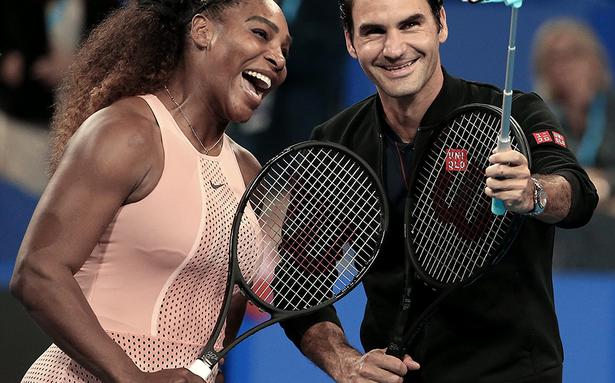In April 2020, just after the onset of the COVID-19 pandemic, Roger Federer floated the idea of merging the Association of Tennis Professionals (ATP) and the Women’s Tennis Association (WTA), the governing bodies of men’s and women’s tennis, respectively. Billie Jean King founded the WTA in 1973 after failing to persuade the men to create a joint venture. Nearly five decades on, the idea to project tennis’s progressive face, of men and women competing together and as equals, and thereby creating a big enough product that is financially self-sufficient, is taking shape again. It doesn’t necessarily mean a merger of the two competitions, but of the calendar, governance structures, decision-making, sponsorships, etc. A year ago, investment group CVC Capital Partners, a private equity company which has bought stakes in Spanish football’s LaLiga and has a presence in the IPL with the Gujarat Titans, had floated a potential $600m agreement at turning the tours into a single commercial entity. As if on cue, on Tuesday, The Times (London) reported that CVC had struck a deal with the WTA for a 20% stake (about $150 million). There are expectations of a similar agreement with the ATP. In a discussion moderated by N. Sudarshan, Ankita Bhambri and Sunder Iyer discuss various facets of the potential merger. Edited excerpts:
At present tennis has seven governing bodies – ATP, WTA, ITF (International Tennis Federation) and the four Grand Slams. Will it be beneficial if at least the ATP and WTA come together?
Sunder Iyer: Today, there are probably nine million people who play tennis. And there are so many circuits – ITF circuit, ATP tour, ATP Challengers, WTA events, Davis Cup, Grand Slams and so on. It is so vast that probably at the end of the year, nobody knows what happened at the beginning. I feel we need a structure where everything will be in one place and everyone will be responsible for what they are doing. Now, something the ITF does, the ATP would not accept, and vice versa. So you should get everything under one umbrella. A lot of the money that goes into administering these associations can be put to good use by ensuring players make more money and people working in these associations get more.
Also read | The Original Nine’s one dollar protest
Ankita Bhambri: Being a former professional, I can relate to a new tennis player coming on to the circuit and trying to figure out what the difference between the ATP, the WTA and the ITF is. It…
Click Here to Read the Full Original Article at The Hindu – Tennis…

